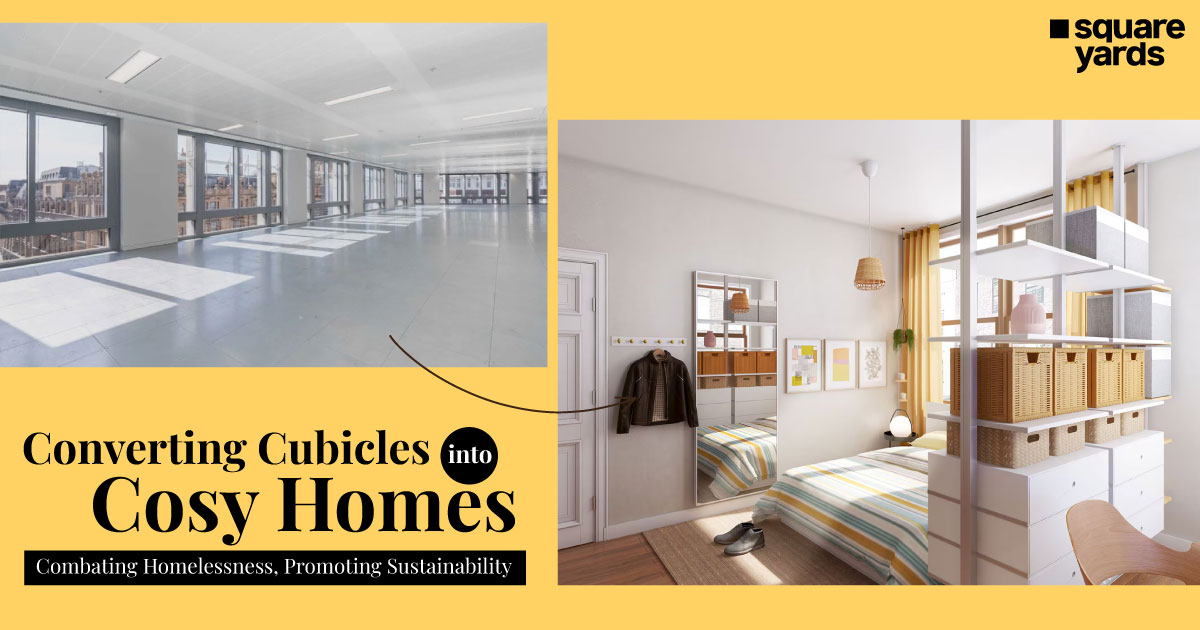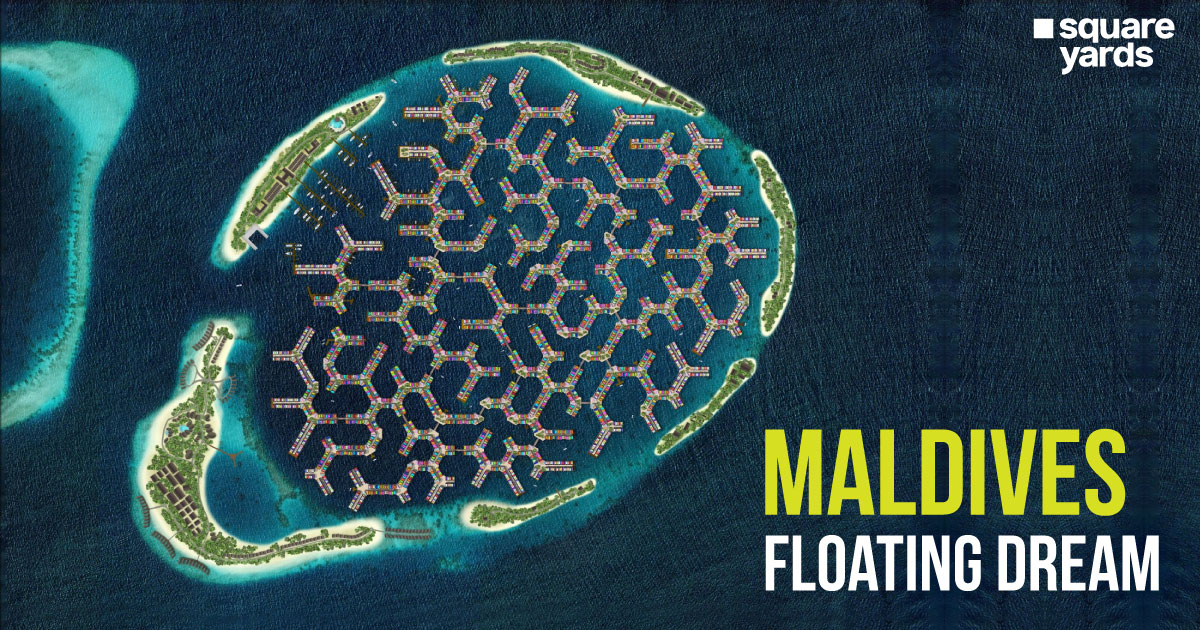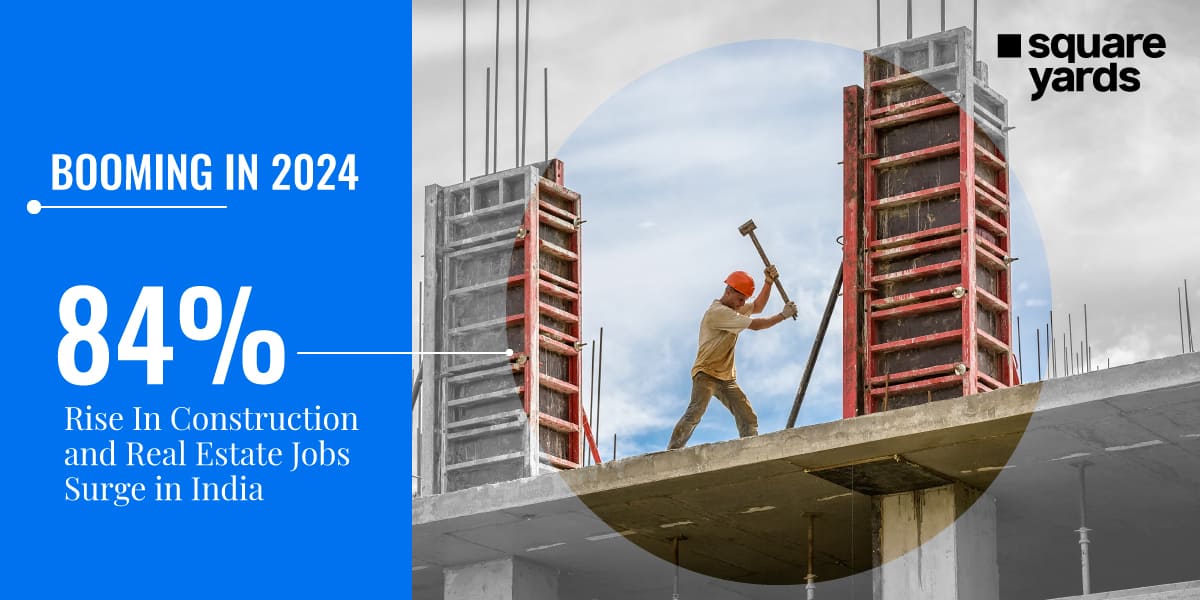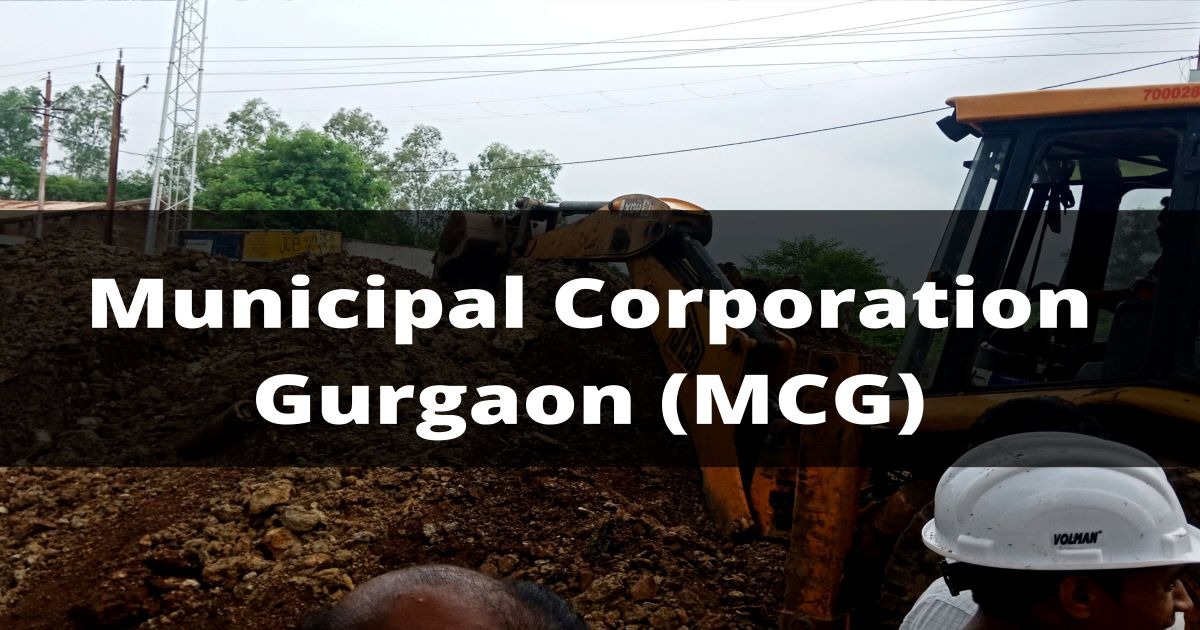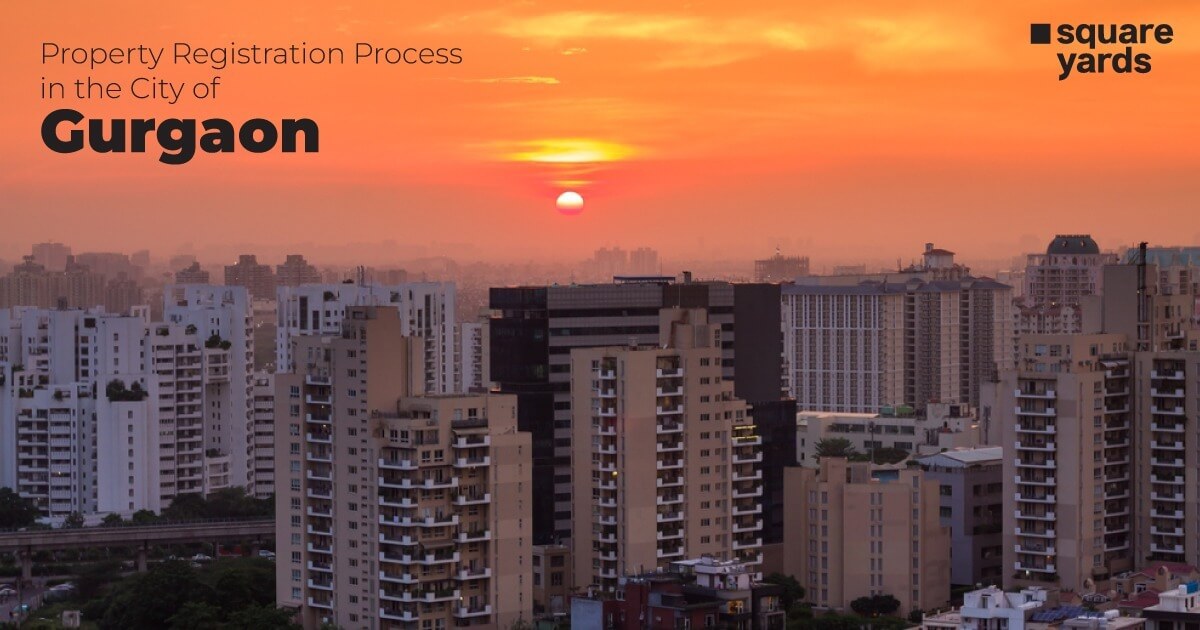Integrated townships are steadily becoming the next big thing in the Indian real estate market, especially in the aftermath of the coronavirus outbreak and lockdowns. More and more buyers now want integrated townships that offer them everything within easy reach along with ample security, open spaces and sustainable living experiences.
The coronavirus induced pandemic has changed perspectives and world-views of several Indian real estate buyers or aspiring investors in real estate. Consumer needs have evolved and how! People now automatically gravitate towards lifestyles that are more sustainable, nature-friendly, secure and non-claustrophobic. Enter the integrated township – the next big thing in Indian real estate. The pandemic has stimulated an overwhelming desire for home ownership amongst those living in rental accommodation. Integrated townships are now drawing more buyers with their neatly demarcated compounds, sustainable and controlled lifestyles. Many of these townships offer everything from businesses and companies to shopping, dining, offices, hospitals and schools among other amenities. Some are residential-only integrated townships with all day-to-day amenities. These projects offer everything from apartments and independent floors to even villas and plots in some cases.
Demand has now shot through the roof for integrated townships across mainstream buyers and not just IT and manufacturing professionals as was the case earlier. The latter category used to invest in these projects since they lived and worked on the outskirts of major cities. Integrated townships are mainly located in suburban zones or near major cities since they require sizable land for development. They offer more recreation, safety and community living benefits. An Ernst & Young (E&Y) report has also stated that self-sustainable and integrated townships will rapidly become the chosen property type for buyers after the pandemic.
Why Integrated Townships are Hitting it Big?
Reports estimate roughly 108 integrated township ventures throughout the country with 40% reportedly present in the National Capital Region (NCR) alone. Pune is another favourable destination for integrated townships in the State of Maharashtra as per reports. Premier townships offer quality and comparatively affordable housing with gardens, parks, club houses, sports facilities, jogging tracks, yoga zones, water bodies, greenery and open spaces, and cutting-edge security and safety features as well. Many of these projects offer features like rainwater harvesting, solar power and more. Since buildings are neatly spaced out in these projects, they do not lead to the creation of heat islands which have affected major Indian cities over the last few years.
evelopers of these projects are suitably utilizing waste management, electricity, water and rainwater harvesting among other utilities. Many projects draw into recycled water for flushing while horticulture also skillfully helps in lowering water requirements of the entire ecosystem. Energy-efficient LED lighting is used for lowering consumption of electricity and recurring expenditure. There is also minimal air and noise pollution while residents stay away from the hustle and bustle of traffic. Townships offer affordability, space, convenience, safety and a relaxed daily lifestyle in a single value proposition as per experts.
Here are some other pointers worth noting:
- With continued migration from suburbs and districts to major cities for work and livelihood reasons, integrated townships will continue witnessing higher demand primarily on grounds of space and affordability alone.
- Schools within integrated townships are working as major decision drivers as far as consumers are concerned. A reputed school is seen as enhancing the social prestige of the township and the convenience of parents alike.
- Many buyers are also choosing mixed-development townships that offer dining, shopping, supermarket, office, healthcare and other facilities.
- Townships offering swift and seamless access to major highways, arterial roads and flyovers are witnessing higher demand along with those connected to freeways or metro/railway networks.
- Buyers are also seeking integrated townships that offer abundant open spaces along with greenery, parks, jogging and walking tracks, yoga zones, gymnasiums, parks for children and even facilities like temples, medical centres and so on.
- Townships are required to be impeccably planned with proper division of buildings, common amenities and commercial spaces. Residents are looking for round the clock security and work-life balance alike.
- The customer base has gone up exponentially for these integrated townships although supply levels are still on the lower side.
The need of the hour is for more States to come up with policies to encourage the development of such integrated township projects on the outskirts of major cities and urban centres. The Telangana Government has already approved its integrated township policy for instance. The Government wishes to relieve Hyderabad of its regular congestion and bustle by encouraging development of these projects beyond the ORR (Outer Ring Road). Real estate experts also forecast multiple new integrated township launches over the next few years.
With several Government and nodal bodies already laying their blueprints for multiple new townships and satellite cities, along with taking steps towards ensuring better sewage, drainage, water and utility facilities in peripheral areas, the integrated township concept will pick up swiftly in many areas. At the same time, development of better roads and expansion of the railway and metro networks will be a major catalyst for these projects too.
Experts also highlight several promising locations for integrated township development such as the Mumbai Metropolitan Region’s Boisar and Bhiwandi among other emerging areas, Gurgaon’s Sohna, Greater Noida’s Yamuna Expressway, North Bangalore, West Hyderabad and even localities like Gahunje in Pune for instance. These are all areas which are suitably connected while offering sufficient land for large-scale development of townships.










